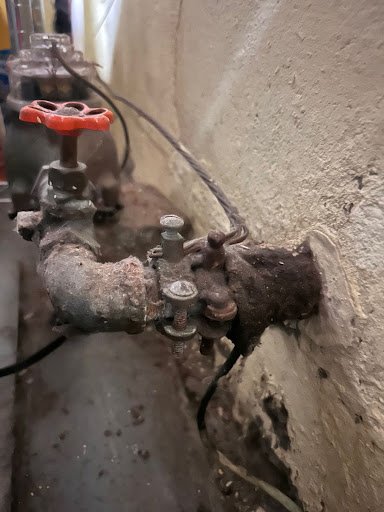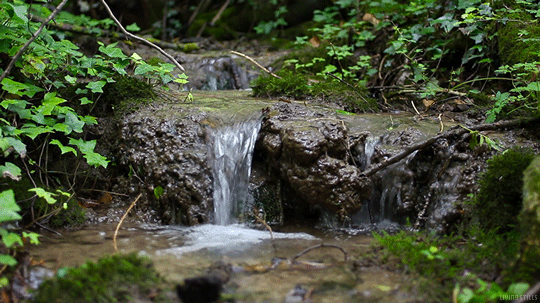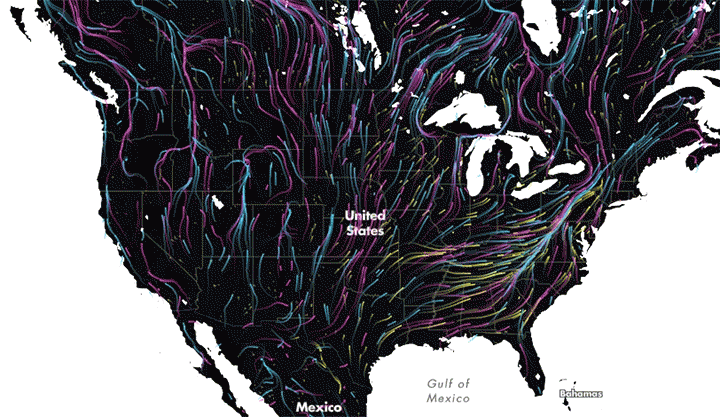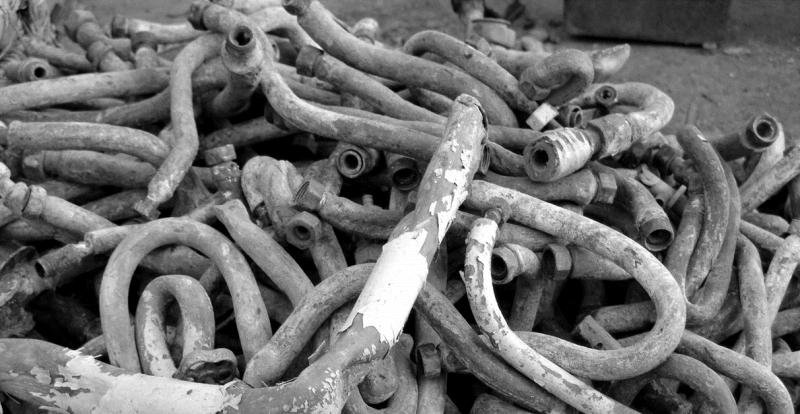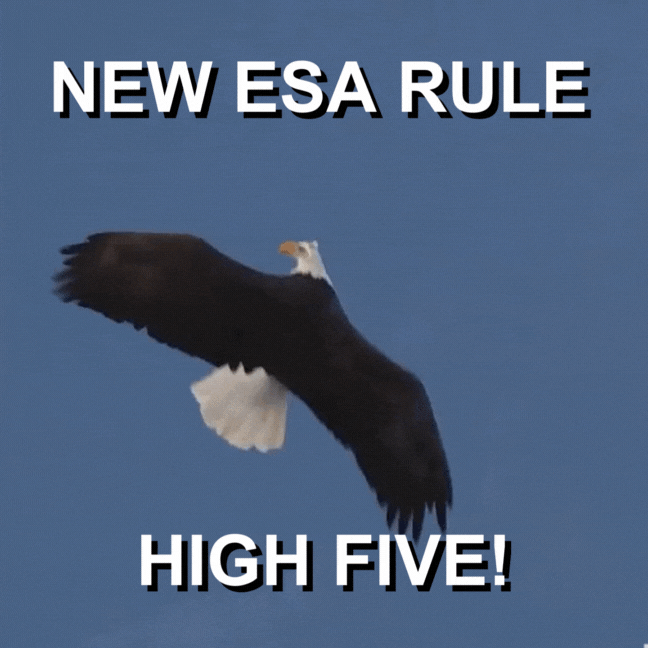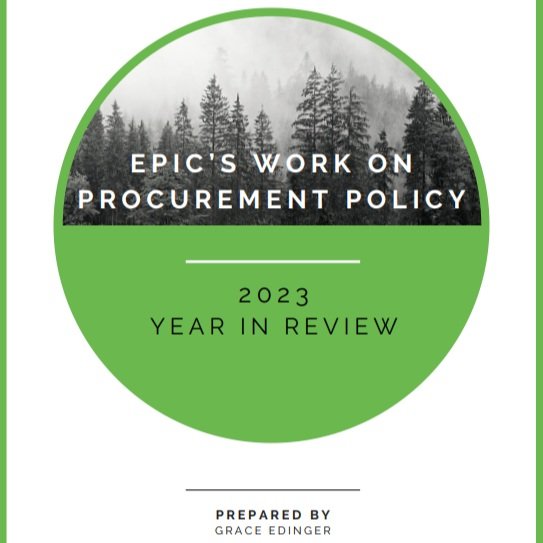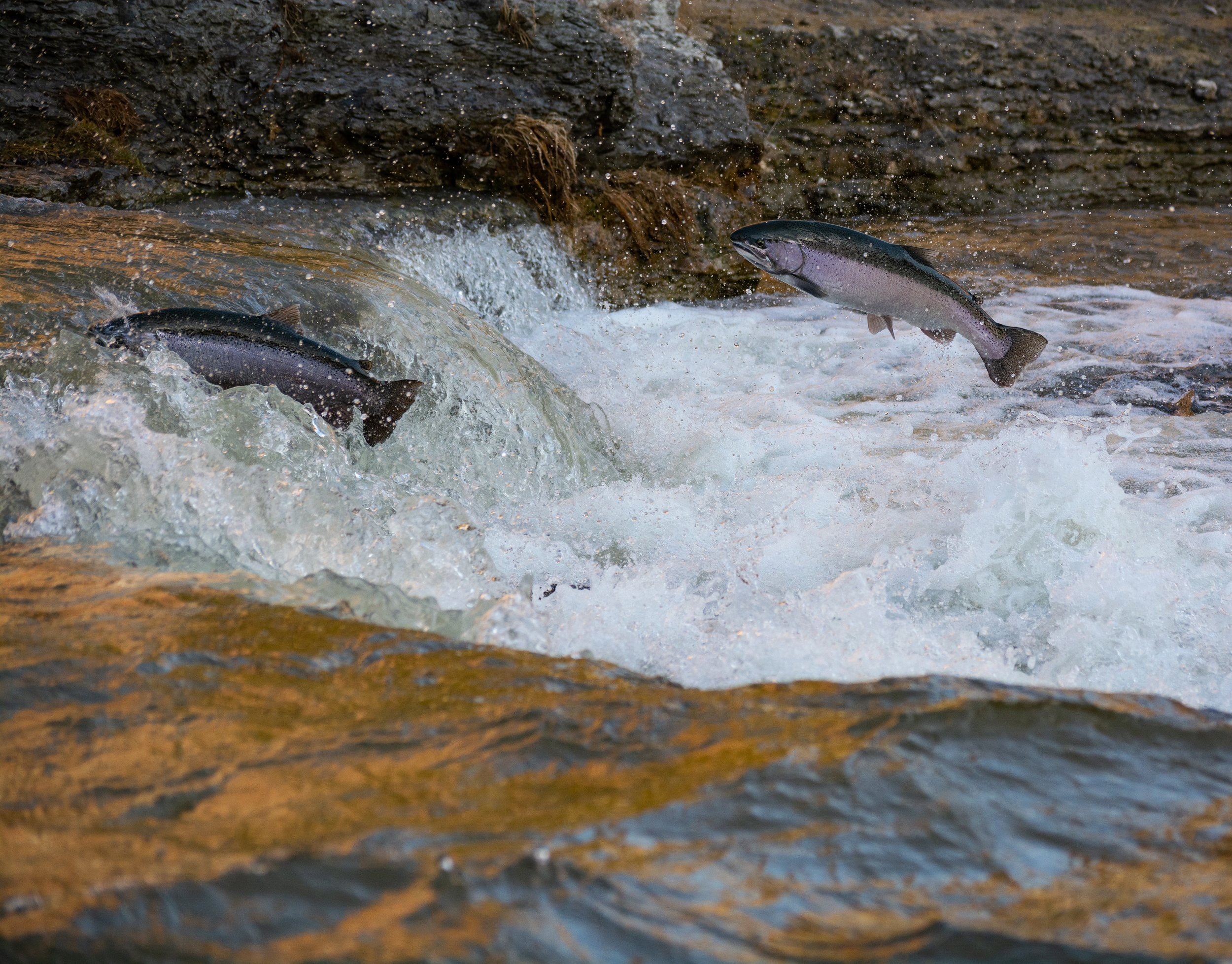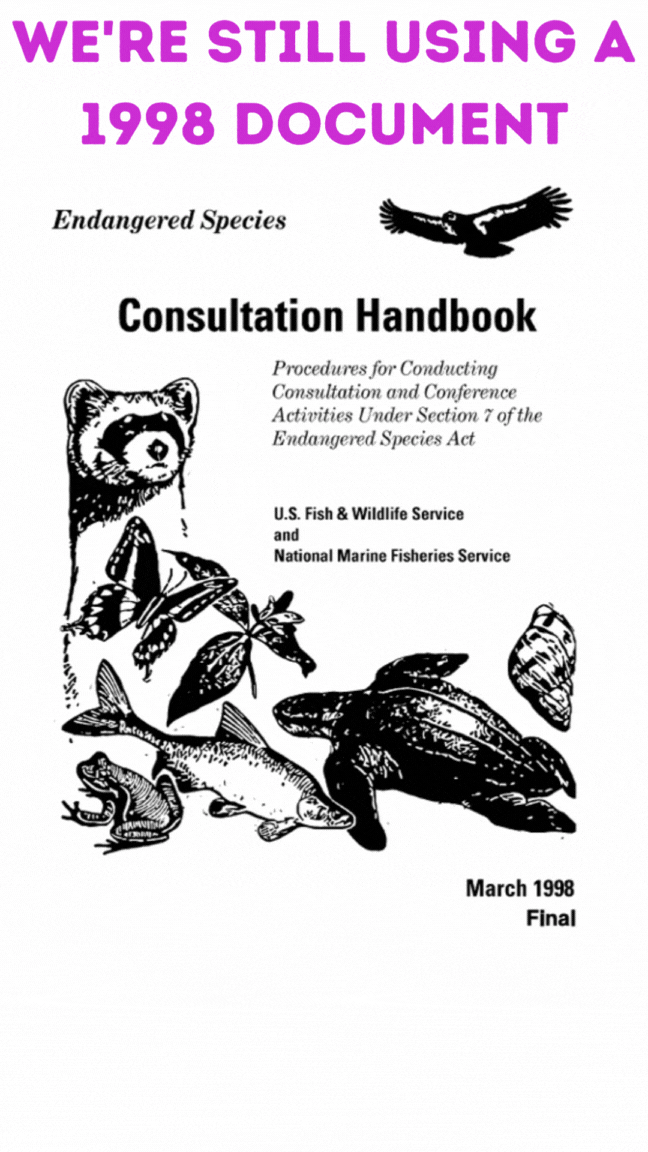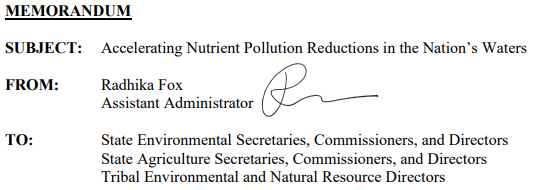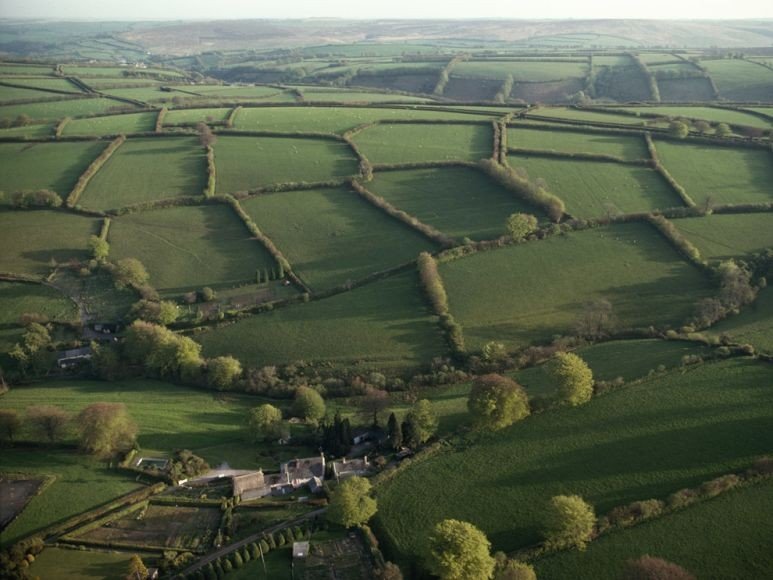Water Infrastructure
Restoration & Mitigation
Technology
Procurement & Finance
Since enacting the Conservation Finance Act in 2022, Maryland agencies have begun to implement it and attract greater private investment in conservation.
What is motivating biocredit buyers at this early stage as the market is in development? Why would corporate buyers and other entities be interested in investing in migratory songbird or salmon credits? What’s in it for them? Today the BCA released a new issue paper, “Demand-side Sources and Motivation for Biodiversity Credits'' that untangles some of these incentives and rationales.
Agriculture
Everybody’s talking about environmental sandboxes. What are they, and maybe more importantly, what aren’t they?
Since enacting the Conservation Finance Act in 2022, Maryland agencies have begun to implement it and attract greater private investment in conservation.
New report evaluates the last three years of efforts developing Midwest watershed partnerships
New report examines the challenges to administratively scaling the Regional Conservation Partnership Program
The Susquehanna River Basin Commission announced today the opening of its application for proposals offering cost-effective reductions of nutrient pollution entering the Chesapeake Bay from the Susquehanna watershed.
Mason City and Forest City sign innovative agreements to pay farmers to improve water quality.
Third and final in a series, this blog explores how USDA can tweak existing programs to speed up delivery of conservation money in the Inflation Reduction Act.
A project to illustrate which watersheds and cities in Iowa are closest to meeting their nutrient reduction goals from municipal point sources
Second in a series, this blog explores how USDA can use emerging technologies to speed up delivery of conservation money in the Inflation Reduction Act.
First in a series, this blog explores how USDA can use outcomes purchasing to speed up delivery of conservation money in the Inflation Reduction Act.
One month ago today, Pennsylvania passed the country’s second legislatively-authorized clean water outcomes procurement program
In New York state, a clever partnership between the city of Syracuse and upstream farmers has managed to significantly clean up the Skaneateles Lake
Endangered Species
What is motivating biocredit buyers at this early stage as the market is in development? Why would corporate buyers and other entities be interested in investing in migratory songbird or salmon credits? What’s in it for them? Today the BCA released a new issue paper, “Demand-side Sources and Motivation for Biodiversity Credits'' that untangles some of these incentives and rationales.
Yesterday, the Fish and Wildlife Service (FWS) released an Advanced Notice of Proposed Rulemaking (ANPR) on Compensatory Mitigation Mechanisms. We provide initial reactions here.
All Posts
Unlocking Pay for Success for Environmental Outcomes: Answering the Top FAQs
Reading between the (lead pipe allotment) numbers: 2024 version
USDA can now help small producers participate in environmental markets. Should it?
Should USDA start competing as a seller in the ecosystem services market?
President Biden and Freshwater
USDA Funding Ready to Pay Maryland Oyster Farmers for Nitrogen Reductions
EPIC announces execution of contracts to pay oyster farmers for nitrogen reductions.
Our environmental data is hidden away in unmarked boxes; we need capacity to open them up.
Beetles in a Pay Stack: Stacking and Bundling in Biodiversity Credit Markets
The Worst Trump-Era ESA Changes are Gone
Making Waves in Water Management Together
Adopting Innovation at the US Forest Service: Read Our New Report!
A glimpse of the (wastewater) future in Colorado
Environmental decision makers have a data plumbing problem. Data intermediaries can help.
Tired of the Landlord Special? We Need Tech Talent to Update Federal Digital Infrastructure
The Wetlands Impact Tracker: Revealing Public Notices for the Public Good
Using AI to extract data from US Army Corps of Engineers public notices, the Wetlands Impact Tracker follows federal projects and their impacts on lands and waters along the Gulf Coast.









